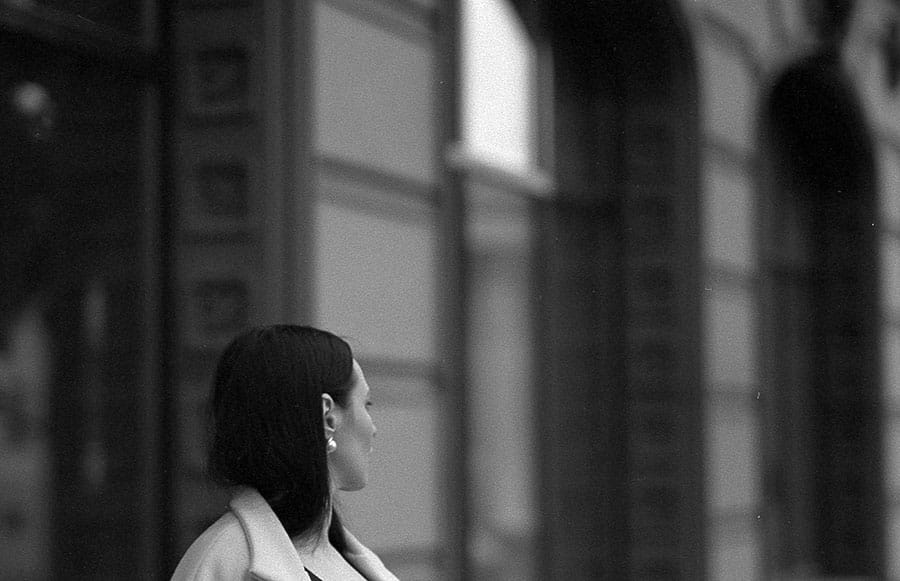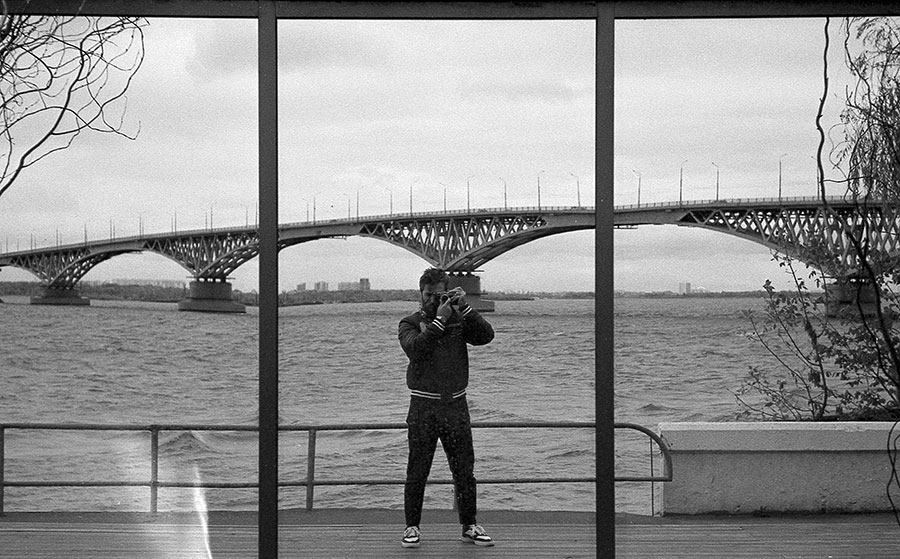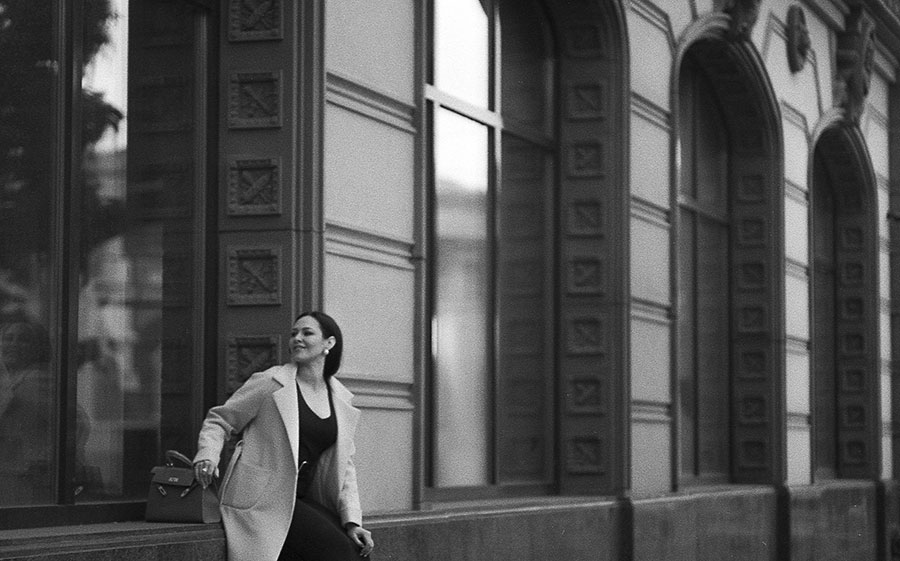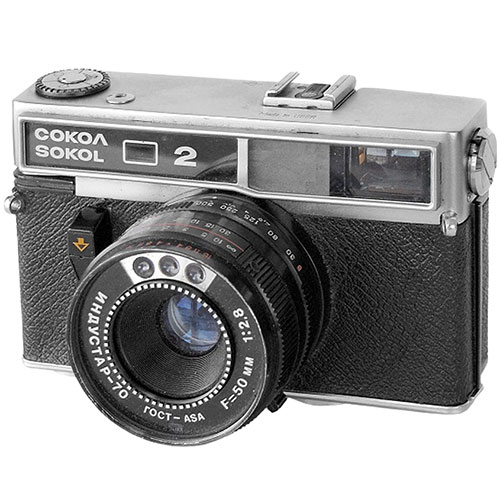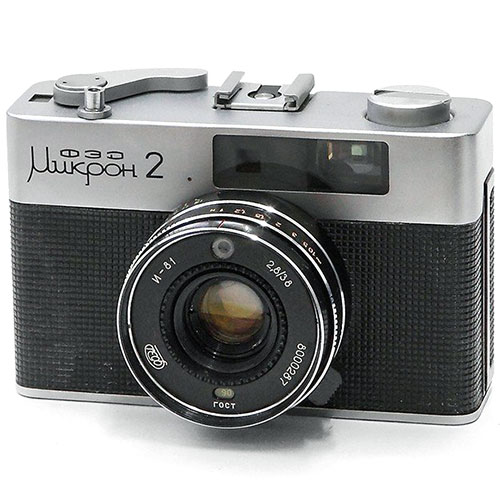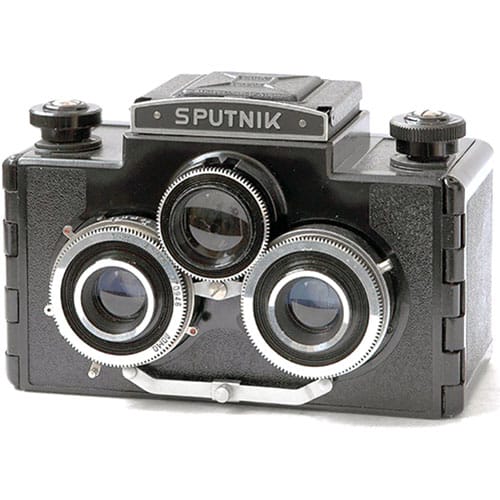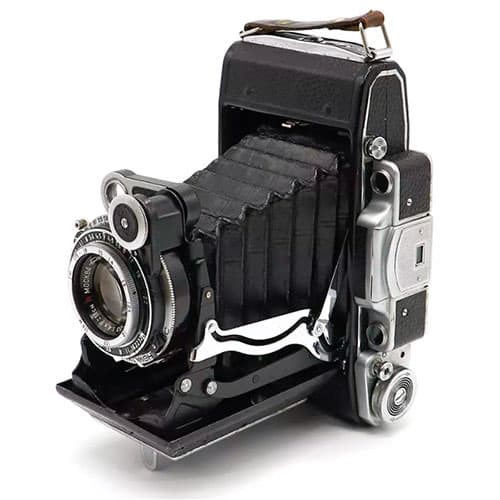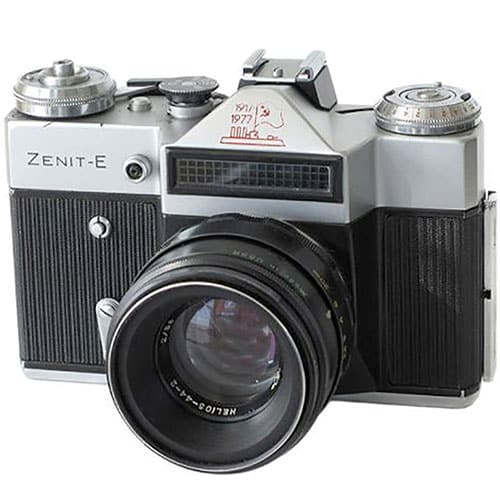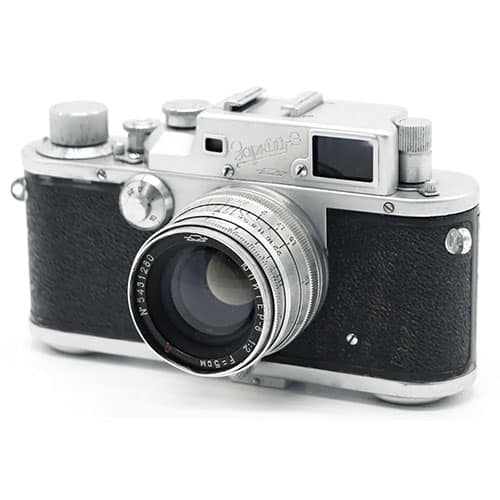Kiev-II
The Kiev-II camera is a classic Soviet rangefinder camera produced between 1947 and 1955. It was developed based on the German Contax II camera, produced at the Zeiss Ikon factory, which was captured by Soviet troops during World War II. Kiev-II is a mechanical camera without an exposure meter.
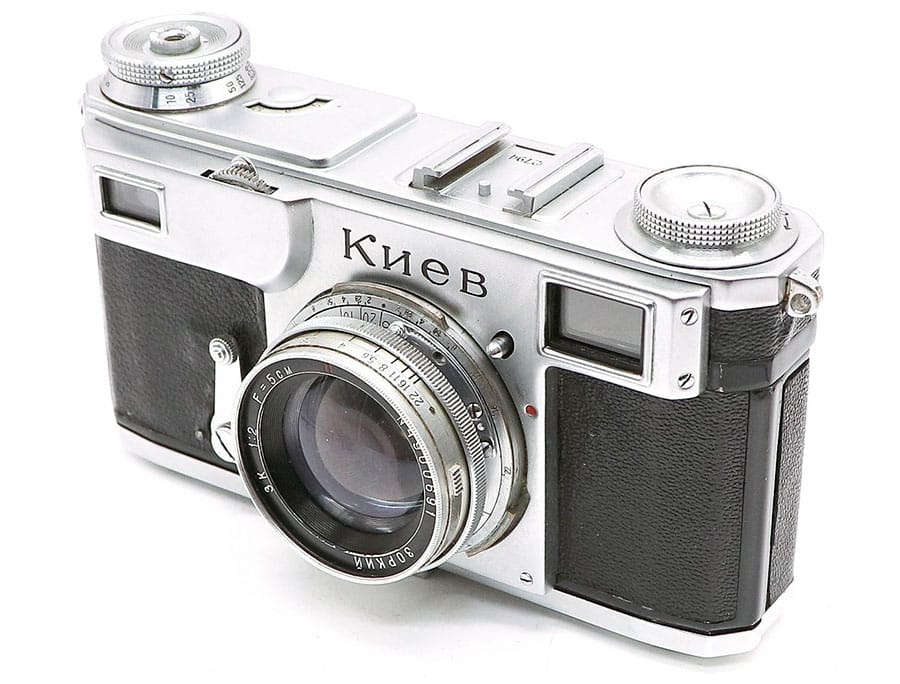
Table of Contents
Introduction
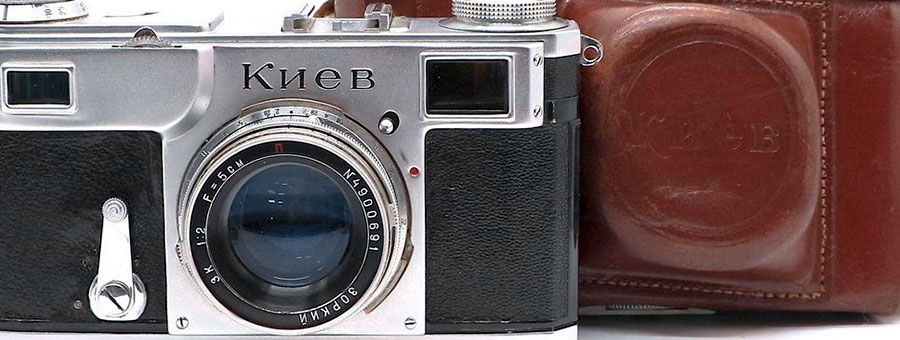
As we all know, the Soviet Union very often used the developments of other countries to create its own cameras. In some cases these were complete clones, such as Zorki-1 or Moskva-1, and in others they were less obvious borrowings of ideas from engineers of German and Japanese companies.
But the case with Kiev rangefinder cameras is special, because these were not clone cameras, and not even our own development.
The Kiev-2 camera is essentially the Contax camera, which was produced in the Soviet Union.
After the Allied victory in World War II, the Soviet Union moved the Zeiss Ikon factories to the city of Kiev, taking with them all the documentation and even the engineers and workers of the plant.
Beginning in 1947, the production of cameras Contax-II (without a selenium exposure meter) and Contax-III (with a selenium exposure meter) was launched under the names Kiev-II and Kiev-III.
Despite the fact that the cameras were produced not in Germany but in the Soviet Union, they practically retained their high quality and were valued among photographers for their reliability and functionality.
Kiev-II Specifications
- Type: 35mm rangefinder camera
- Manufacturer: Arsenal plant
- Production period: from 1947 to 1955
- Format: 24x36cm on 135 film
- Lens mount: Kiev/Contax RF mount
- Lens: Jupiter-8 f2.0/50 or Jupiter-3 f1.5/50
- Rangefinder base: 90mm
- Shutter: focal-plane shutter with speeds from 1/2 to 1/1250 sec.
- Viewfinder: optical parallax viewfinder combined with the rangefinder
- Lighmeter: none
- Flash synchronisation: none
- Selftimer: mechanical
- Weight: 710 grams
Kiev-II Camera Review
Kiev-II Body
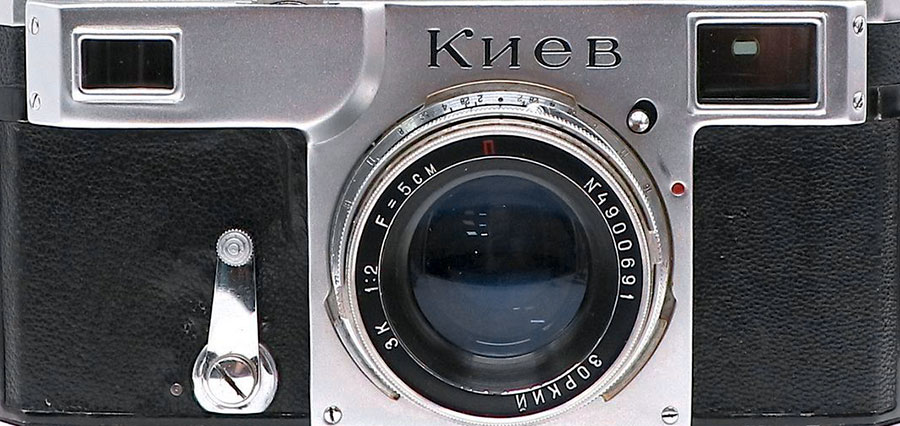
The Kiev-II body is made of metal and has a high-quality and durable construction. It is distinguished by its classic design and elegant appearance. The camera dimensions are approximately 145 mm (width) x 85 mm (height) x 55 mm (depth) and weighs about 710 grams. This makes it quite massive, but at the same time convenient to use.
The main controls are located on the top of the body:
- film rewind knob;
- cold shoe;
- knurled focus ring and lens rotation release button;
- mechanical frame counter;
- shutter cocking knob combined with film rewinding and shutter speed switching;
- Knurled shutter button with a cable release socket.
On the front panel of the Kiev II camera in the very center there is a bayonet mount where a removable lens is installed. Unlike most cameras we are familiar with, the mount here not only performs the function of holding the lens in the camera, but is also a helicoid.
If you install a standard lens in your Kiev-II, for example Jupiter-3, Jupiter-8 or Helios-103, when the lens focusing ring rotates, part of the mount will also rotate along with the lens itself. You can also focus using the small wheel on the top of the camera.
On the rear panel there is a rangefinder window and a removable door for inserting and removing film from the camera.
On the bottom there are two rotating locks for opening the back cover on the sides and a tripod socket in the central part. This allows you to mount the camera on a stable surface for low-light photography or long exposures.
Kiev-II Shutter
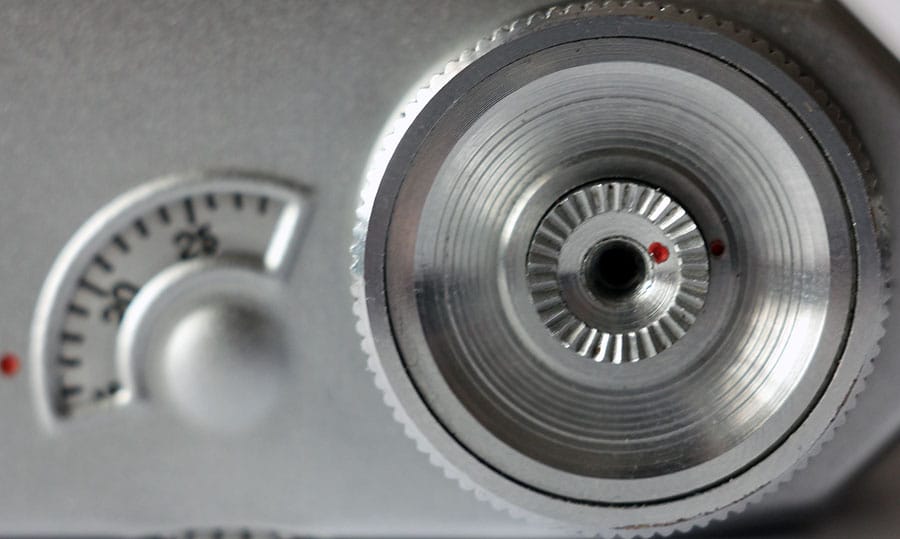
The shutter of Kiev-II cameras and other rangefinder models is usually mechanical and located inside the body. It consists of two curtains that move parallel to each other and control the exposure time of the film. Kiev rangefinder cameras use a horizontal shutter.
The horizontal shutter works as follows: when you press the shutter button, the shutter opens, allowing light to pass through the lens and onto the film. The length of time the shutter is open determines the shutter speed, which is measured in seconds or fractions of a second.
Shutter speeds on Kiev-II cameras are presented in the range from 1/1250 second to 1/2 second. To select the desired shutter speed, use a special wheel on the top panel of the camera.
Kiev-II cameras also have the ability to use slow shutter speeds, which allow you to get long exposures for shooting in low light or creating the effect of movement. To do this, set the shutter speed to “B” mode and hold the shutter button down until the exposure ends.
Mount and Lenses
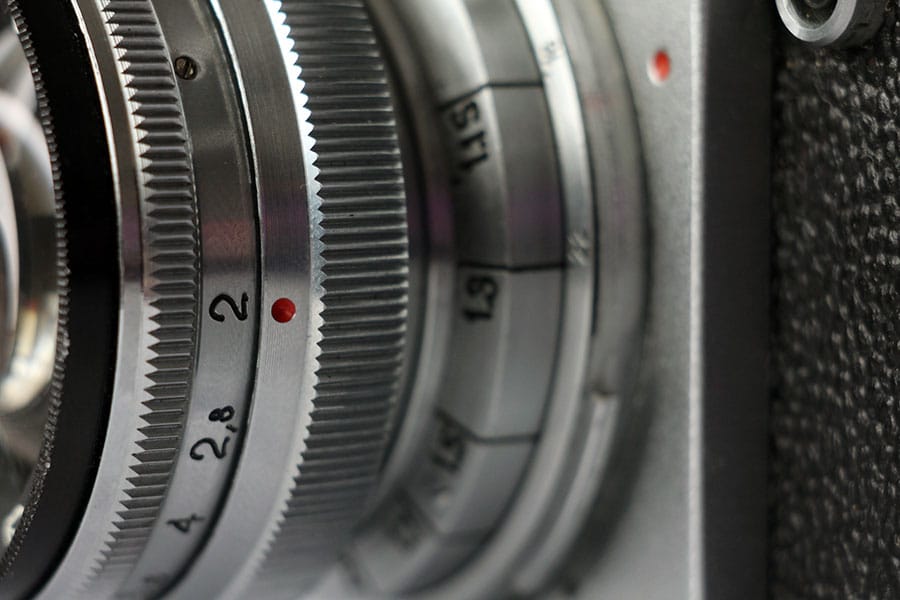
The lens of the Kiev-II camera and other rangefinder models from the Arsenal plant is attached to the body using the so-called Contax/Kiev RF mount.
That is, as the name implies, this camera is suitable not only for the optics produced at the Arsenal plant, but also for all Carl Zeiss optics with a Contax RF mount.
To mount a lens, you must first set the mount on the camera to the infinity position, then align the red mark on the lens with the red mark on the mount, insert the lens and rotate it counterclockwise.
After which, if you mounted a normal lens, the camera helicoid located inside the mount will be used. If you mounted lenses with a shorter or longer focal length into the camera, the lens helicoid will be used.
Lenses for Kiev-II cameras have a focal length from 35 mm to 135 mm. They can also have different apertures, which determine the ability to shoot in low light and control the depth of field.
The standard lens in different years could be Jupiter-3, Jupiter- or Helios-103. All these lenses provide very good picture quality. In addition, you can equip your camera with a wider-angle or longer-focus lens. The quality of additional lenses is also at a very high level.
Ease of Use
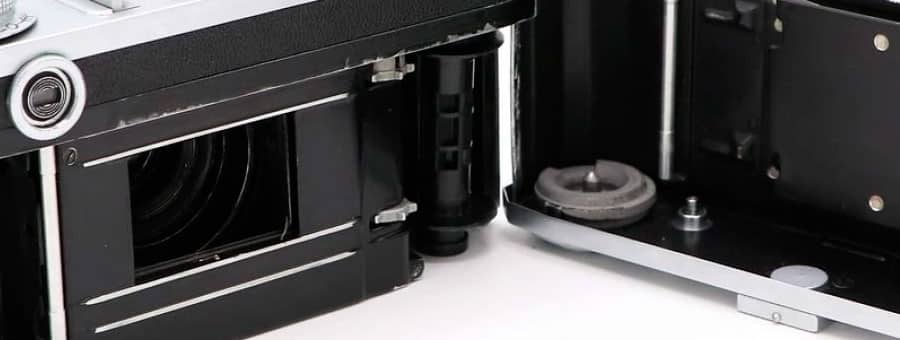
The Kiev-II camera cannot be called too convenient by modern standards, and here’s why.
- It does not have a film advance lever. Instead, you will have to use a simple film advance knob, which, although quite convenient, nevertheless slows down the shooting process quite a lot.
- The left rangefinder window is positioned in such a way that you will constantly block it with your finger. To hold the camera correctly, you will have to use what is called a “Contax grip”.
- Switching shutter speeds is also not very convenient. To switch the shutter speed, you need to first cock the shutter using the knob, then raise the same knob, turn it to the desired shutter speed and lower it back.
- Inserting and removing film is also not very convenient for the modern photographer. Instead of pulling a lever and opening the back door and then simply inserting the film into place, you have to completely remove the back cover, then insert the tip of the film into the removable take-up spool, which is actually not a very convenient thing to do.
- Rotating the focusing ring rotates the entire front of the lens along with the aperture values, meaning you’ll constantly have to twist the camera to find the aperture numbers you want.
But do all these inconveniences make Kiev-II a bad camera?
Actually no, and now I will tell you why.
The fact is that the camera was developed in the mid-30s of the 20th century, and at that time it was the most convenient 35mm rangefinder camera. And so far, all the inconveniences that the camera has are more than offset by its advantages.
To get used to all the features of the Kiev-II camera, you will need to shoot one or two reels. But after you learn how to work with it, the process of photographing will turn into pure pleasure. I will talk about this in the next section.
Quality of Kiev-II and Received Images
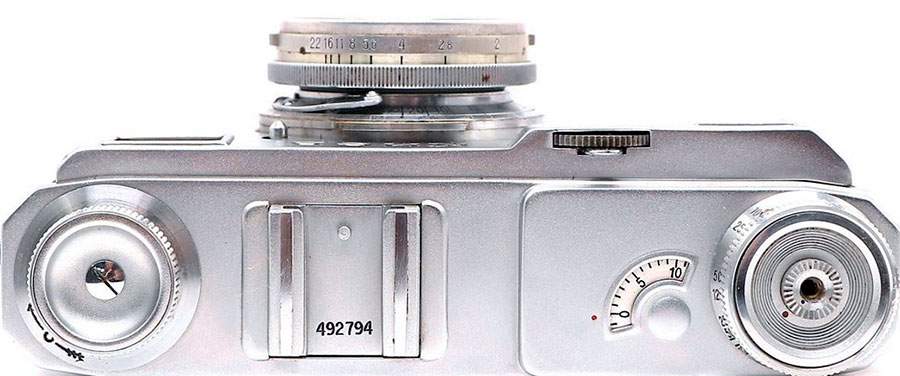
Now let’s talk about the advantages in more detail.
The Kiev-2 camera, like almost all other rangefinder cameras from the Arsenal plant (we don’t take into account the ugly Kiev-5) are at a really, really high level, both for the Soviet photographic industry and the world one.
The build quality of the camera, especially the early years, is at the highest level. The lenses provide a very sharp and beautiful picture. The camera has an excellent range of shutter speeds and one of the nicest shutters among old cameras. The rangefinder’s 90mm base allows you to focus as accurately as possible.
And we listed only a small part of the advantages of the Kiev-II camera. We are more than sure that you personally should familiarize yourself with the listed and unlisted advantages, especially since the camera costs mere pennies (which, by the way, is another advantage of this camera).
Conclusion
The Kiev-II camera, like almost the entire family of rangefinder cameras from the Arsenal plant, is a truly outstanding camera. It has everything you need for a truly enjoyable and at the same time leisurely shoot.
This Soviet film camera has an excellent shutter with a good set of shutter speeds, an excellent set of lenses, a very stylish appearance and, of course, a very low price.
The body of the Kiev-II camera has a simple and ergonomic design, which makes it easy to use. It is durable and reliable, which allows you to use the camera in various conditions and for many years.
Kiev-II Photos
